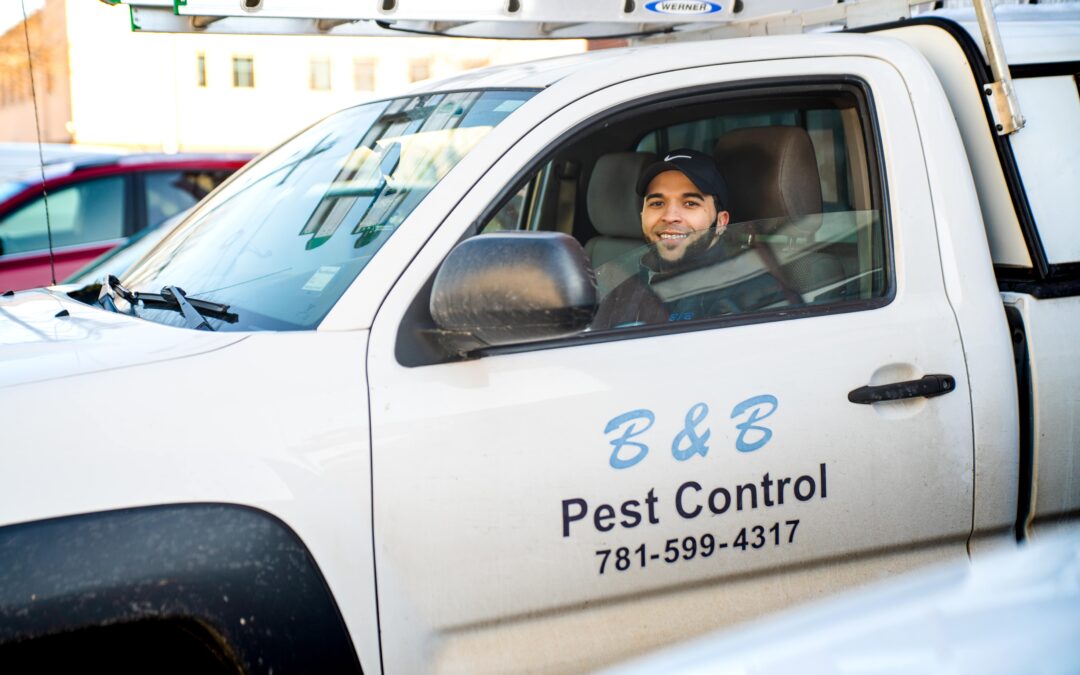Millipedes, centipedes and sow bugs are arthropods, but due to several physical features, most noticeably their numerous legs, these three groups of creepy-crawlies do not belong to the insect or arachnid orders. Millipedes are diplopods, centipedes are chilopods and sow bugs belong to the Oniscidea suborder of isopods. Of these three insect groups, centipedes appear within homes most often, as the aptly named house centipede is able to reproduce indoors where they feed on other arthropods and are often associated with house plants.
Millipedes and sow bugs are occasionally found in dark and moist indoor areas, such as basements, kitchens, bathrooms, below windows and near damp wood. Millipedes, centipedes and sow bugs are frequently found congregating in dark and moist areas in residential yards, especially within mulch and flower beds around foundations, and atop moist soil beneath landscaping ornaments, wood piles, rocks and piles of plant matter.
While sow bugs can become a nuisance within homes, they are not considered significant insect pests, and although house centipedes are unpleasant to look at, they rarely invade homes in large numbers. Millipedes, on the other hand, frequently invade homes in large numbers and they usually hide within inaccessible locations. Several climatic conditions are known to cause millipedes to invade homes, and their presence often indicates indoor moisture problems.
Millipedes are common house pests throughout Massachusetts where many infestations are reported in heavily forested urban and suburban areas. During the spring, heavy rainfall causes their ground-soil habitat to become oversaturated with water, which prompts millipedes to seek shelter in homes. Millipedes also invade homes during the summer to seek respite from bouts of dry and excessively hot weather.
Large numbers of millipedes often invade homes during the fall where they establish overwintering sites. Repeat millipede invasions are common in homes that remain consistently moist due to thick vegetation around foundation, indoor plumbing leaks, heavily irrigated lawns, and faulty rainwater diversion systems. Millipedes are unable to survive for long periods within dry indoor conditions, but they can remain a nuisance within moist indoor areas.
Have you ever experienced repeated millipede invasions in your home?

